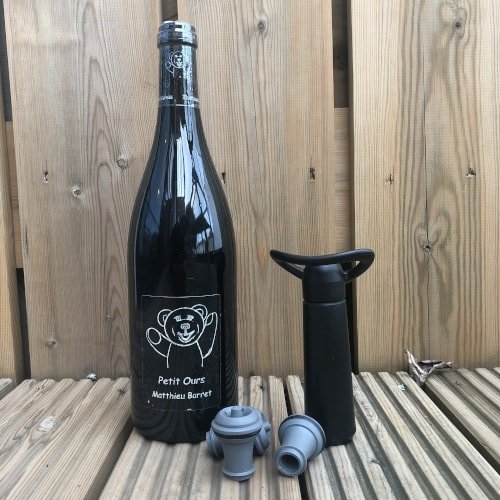
Storing wine
We often get asked the question how do I store wine and what are the absolute no nos, so I thought I’d put together a simple blog on the topic. This is also timely due to two recent horror stories:
- Someone I spoke to said they’d been gifted a rare expensive wine and had put it in the loft for safe keeping.
- Someone else said their partner had a couple of bottles of wine from the 60s and they’d stored them upright in a cupboard. If you’re not sure why these are horror stories, then you might want to read on.
Storage conditions
Given the enemies of wine longevity are oxygen, light and heat, you need to find a suitable spot to store your precious wine. Ideally, you want:
Somewhere cool with little temperature fluctuation
What this means in reality is storing wine somewhere where the temperature is in the range of 10-20°C and doesn’t change a lot. For long term storage, you would want it to be at the cooler end of that range (10-15°C). So in the coolest room of your house or in a cellar/basement is perfect. The kitchen is one of the worst rooms in the house because it tends to fluctuate a lot in temperature.
The risk to wine with temperature fluctuation is the cork expands and contracts as the temperature changes. This cork shrinkage can let wine escape and more importantly let oxygen in, which causes the wine to deteriorate. Additionally, high temperatures cause the wine to age prematurely, which will cause it to lose its flavour and eventually go bad. How long this takes will depend on the wine and its drinking window.
So the wine stored in the attic? Well that will be undrinkable unfortunately. The temperature up there fluctuates massively during the year and it can get ridiculously hot in the summer.
Somewhere dark or at least out of direct sunlight
Wine can react to light badly, in particular sunlight, and wine in clear bottles are at the most risk. The light can adversely affect the flavour of the wine. Additionally, being in sunlight will cause the wine to heat up.
You may think the fridge sounds like a good bet here, but extended storage in the fridge can shrink corks, which stops them sealing the bottle from air. With sparkling wine, not only will it lose its flavour, but it will lose its fizz too.
Horizontal to stop the cork drying out
Similar to temperature fluctuations, if the cork dries out, it will contract and let oxygen in, which will spoil the wine. Obviously, a bottle with a screw top can be stored upright as this won’t apply.
This means the wine from the 60s will sadly be undrinkable as well. That cork will have dried out and let oxygen seep slowly in over the last 60 years.
Obviously all these factors matter more the longer you store your wine. If you buy a bottle of wine to drink in the next week or two, it really won’t make much difference how you store it. Although don’t let it get too hot regardless of how long you are keeping it!
Storing open wine
This may not be something you worry about or it may put you off opening a bottle mid-week! But if you open a bottle of wine and don’t finish it, there are ways to prolong its life. Having said that, some wines (full-bodied reds in particular) are actually better after a day or two being open. When a wine improves like this, it can be a good indicator that the wine can age for a while.
The best way to keep an open bottle of wine for longer is to use a vacuum pump or similar to reseal it. The vacuum pump removes the remaining air from the bottle, which can extend the life of the wine considerably. We find a white wine will typically last a week or so once opened and a red will last about 4 days. This is only a rough guide as it very much depends on the wine (full-bodied wines and wines with higher acidity tend to last better) and also your taste buds. At the end of the day, if you deem the wine drinkable, it is. A wine past its best won’t make you ill, it just won’t taste nice, so trust your instincts.
Another good way to prolong the life of your wine is to keep it in the fridge once opened as this slows down any deterioration. You can even do this with red wines, just remember to get it out of the fridge an hour or so before you want to drink it so it can come back up to room temperature.